Explanation
Palgongsan Mountain is located south of the Taebaek Mountain Range where the Nakdonggang and Geumhogang Rivers meet. The mountain stands high and stretches out like a folding screen. Near the top of the mountain, the granite protrudes in an odd shape creating a tall, grand geographical feature of the mountain. Furthermore, every valley is decorated with an exquisite rock face and lush forest adding to the mountain's reputation. Palgongsan Mountain was designated as a National Park in December 2023. The mountain has many ancient temples and historical sites such as the Gatbawi Stone Buddha, Wonhyosa Temple, Cheonseongsa Temple and Bulgulsa Temple.
Inquiry
+82-54-880-8300
Homepage
Information Use
Contact and Information : +82-54-880-8300
Parking facilities : Available (Free)
Day off : * Subject to closure due to adverse weather conditions.
More information
Hiking Course
Palgongsan Mountain main course: 27.2 kilometers, 14 hours
Eunhaesa Temple Course 1: 15.4 kilometers, 8 hours
Gatbawi Course 1: 11.5 kilometers, 6 hours
Gatbawi Course 2-1: 2.1 kilometers, 1 hour 10 min
Gatbawi Course 2-1: 2 kilometers, 1 hour
Chisangyegok Course 1: 8.5 kilometers, 6 hours
Gasansanseong Course 1: 4.7 kilometers, 2 hour 10 min
Areas Open to the Public
Gyeongsan-si to Chilgok-gun: Gwanbong - Seonbonjae - Neupaejae - Domajae - Yeombulbong Peak - Dongbong Peak - Birobong Peak - Gasanbawibong Peak - Mulbulsan - Hantijae - Chikibong Peak - Gasanbong Peak - Gasanbawi Rock
Chilgok-gun: Jinnammun Gate - Cheonjusateo - Yongbawi Rock
Yeongcheon-si: Sudosa Temple- Gongsanpokpo Falls - Jinbulam - Dongbong Peak, Baekheungam - Jungangam - Neupaejae
Gyeonsan-si: Seonbosa Temple - Yaksaam - Yongdeoksa Temple- Gwanbong Peak
Mountain Not Access Period
Seasonal Forest Fire Prevention Period
Spring: March 2 - April 30
Autumn: November 1 - December 15
* Subject to change based on weather advisories, snow/precipitation levels, and other local conditions.
Restricted Mountain Areas
Chilgok-gun: Witsandang - Gasansanseong Fortress, Morajae - Gasanbawi Rock, Hakmyeong-dong (Dumusil) - Gasansanseong Fortress (Namporu), Yeorijae - Namporu - East Gate
Yeongcheon-si: Sudosa Temple- Palgongpokpo Falls - Domajae
Gyeongsan-si: Peokjeong (Gatbawi parking lot) - Neupaejae
Tour Course Information
Tour Course (1 day)
1. Daegu Airport - Palgongsan beltway - Gasansanseong Fortress - Samjonseokgul Cave - Daeyulli - Ingaksa Temple - Janggokri Recreational Forest - Hwasansanseong Fortress - Daegu
2. Daegu Airport - Yeongcheon Eunhaesa Temple - Ingaksa Temple - Gyeongbuk Neunggeum Juice Factory - Samjonseokgul Cave - Daegu
Drive Course: Daegu - Pagyesa Temple - Palgongsan beltway - Hanti Rest Stop - Bugye Namsan-ri - Daeyulli (20 kilometers, 30 min)
Available Facilities
Campsite, hiking trails, rest area, picnic area, observatory, etc.
Restrooms
Available
Location
Namsan-ri, Gunwi-gun, Gyeongsangbuk-do
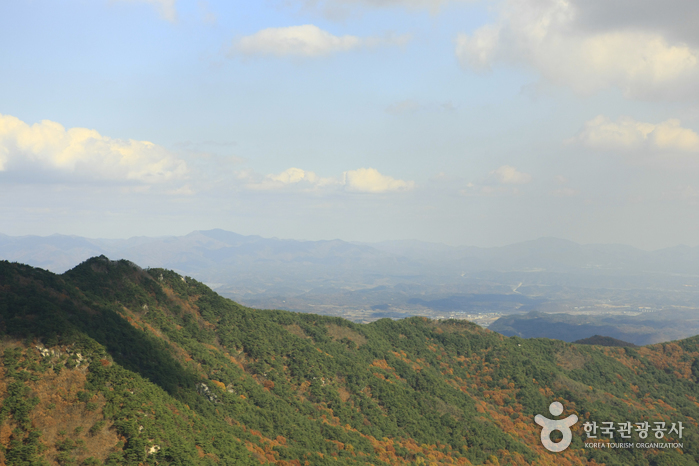
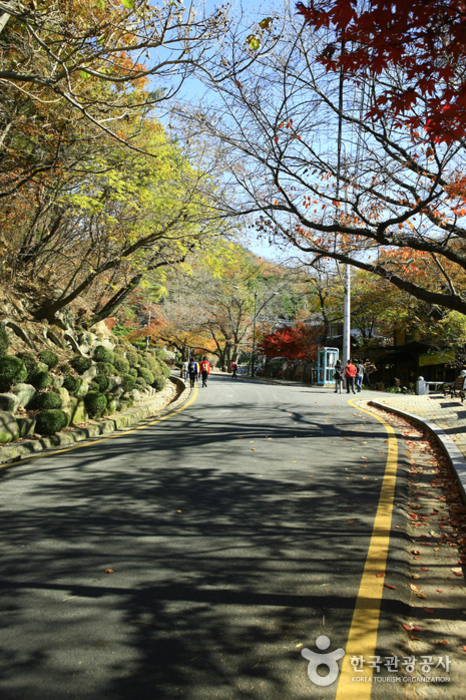
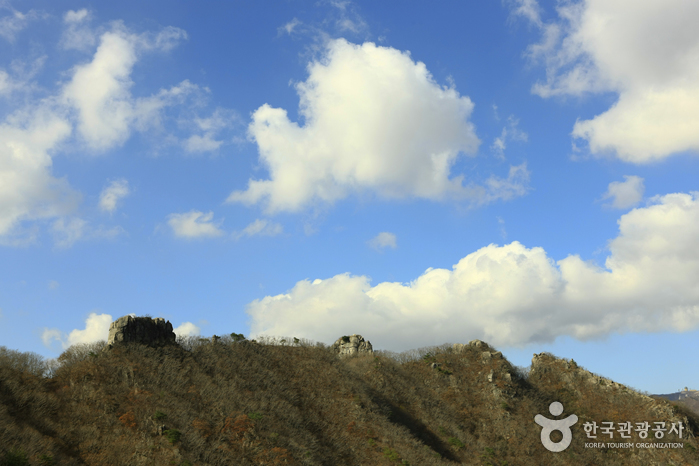
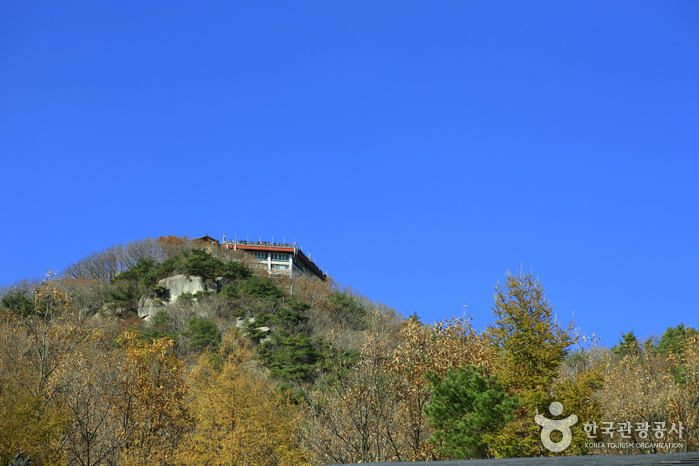
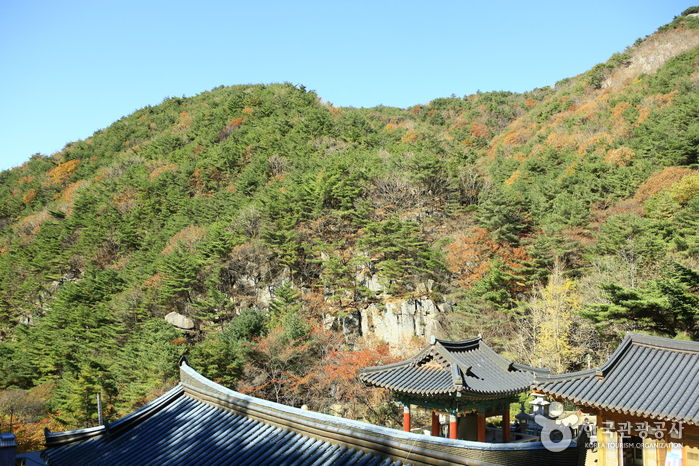
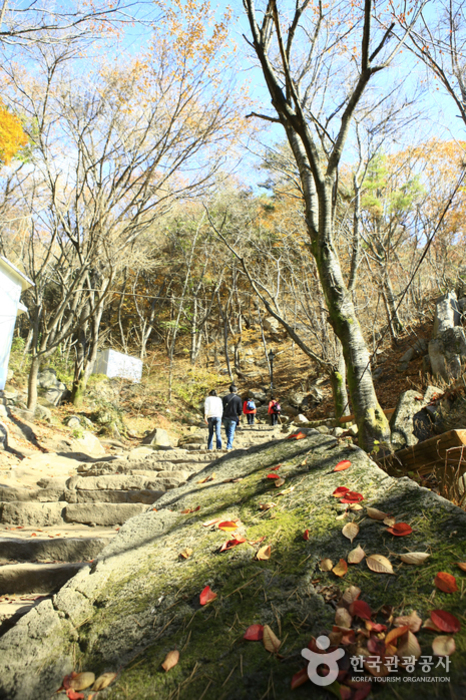

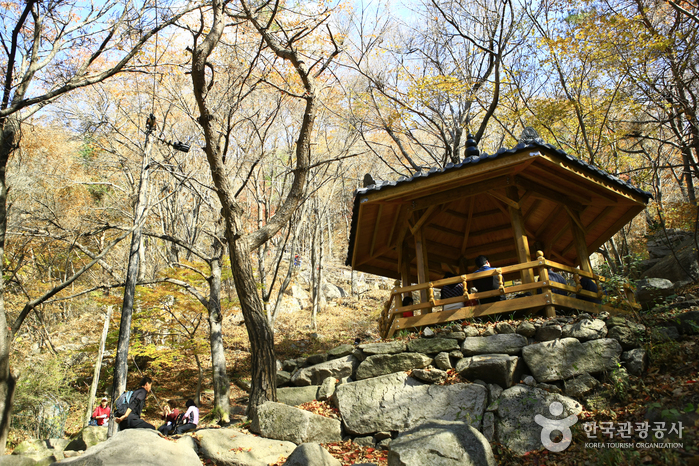
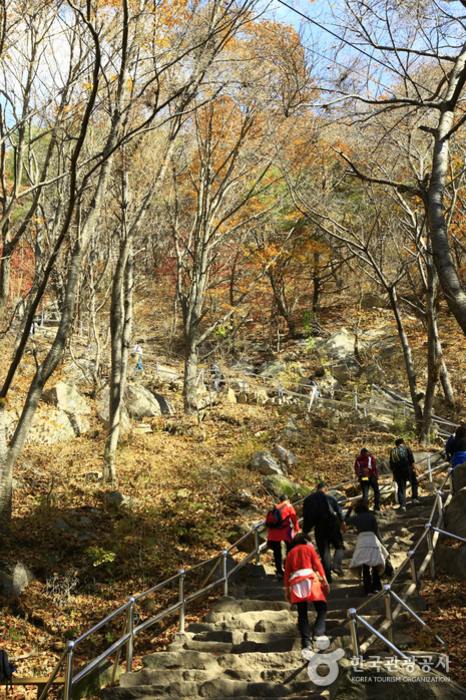
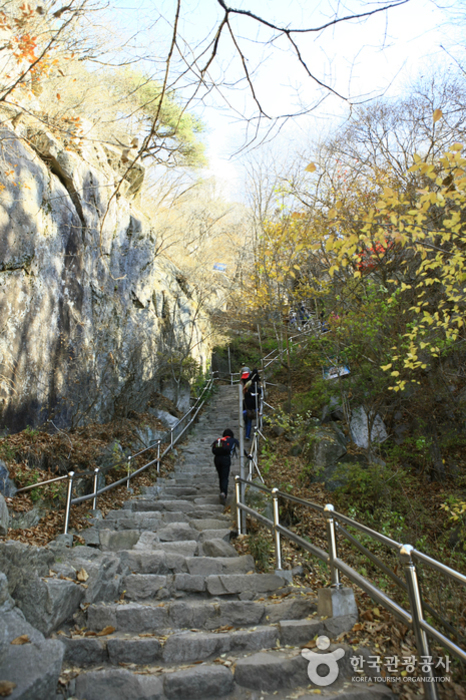

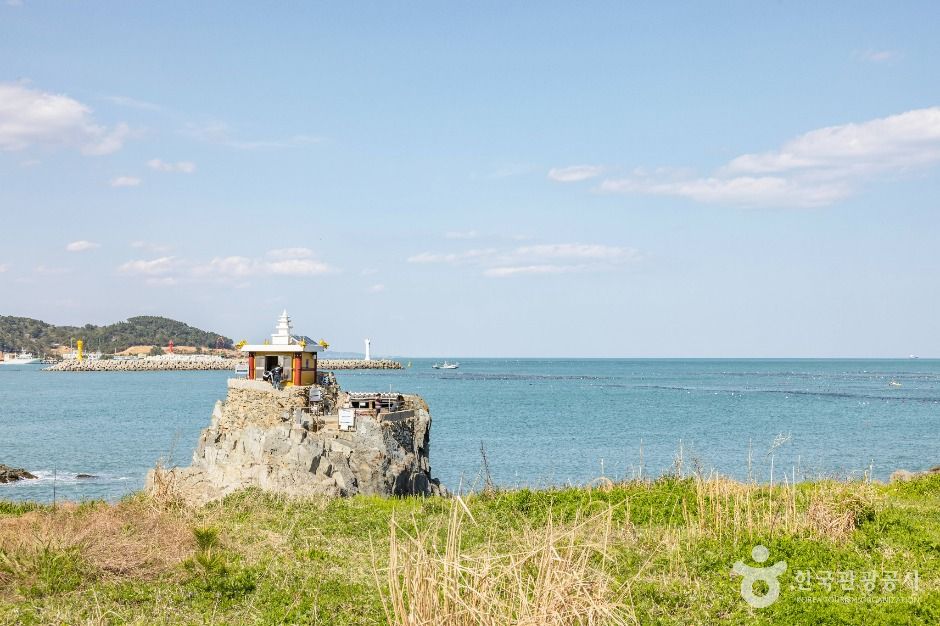
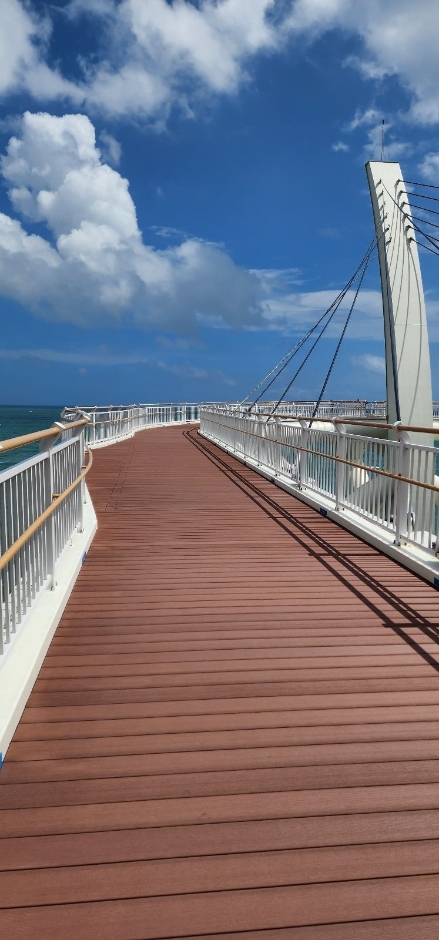
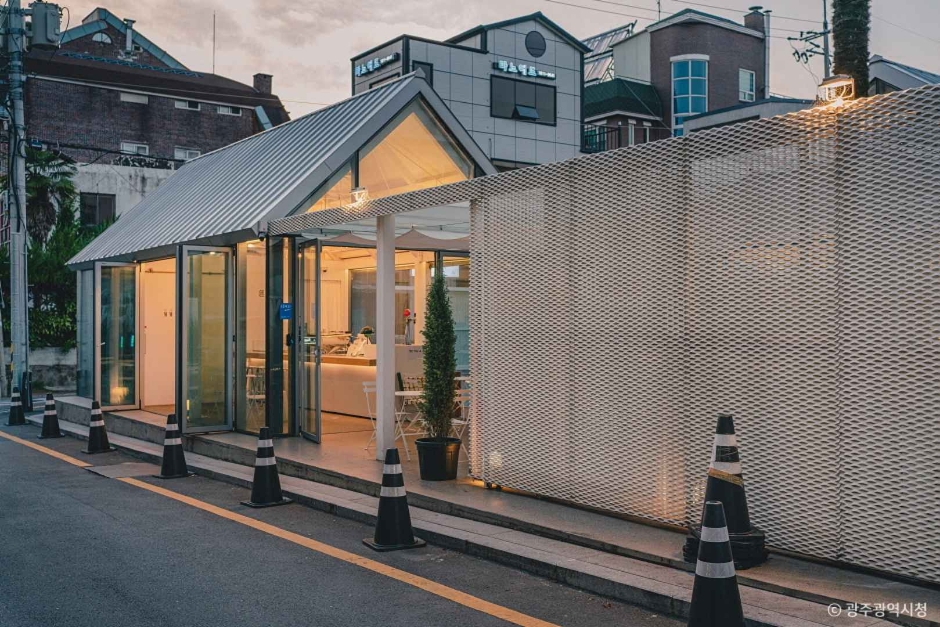
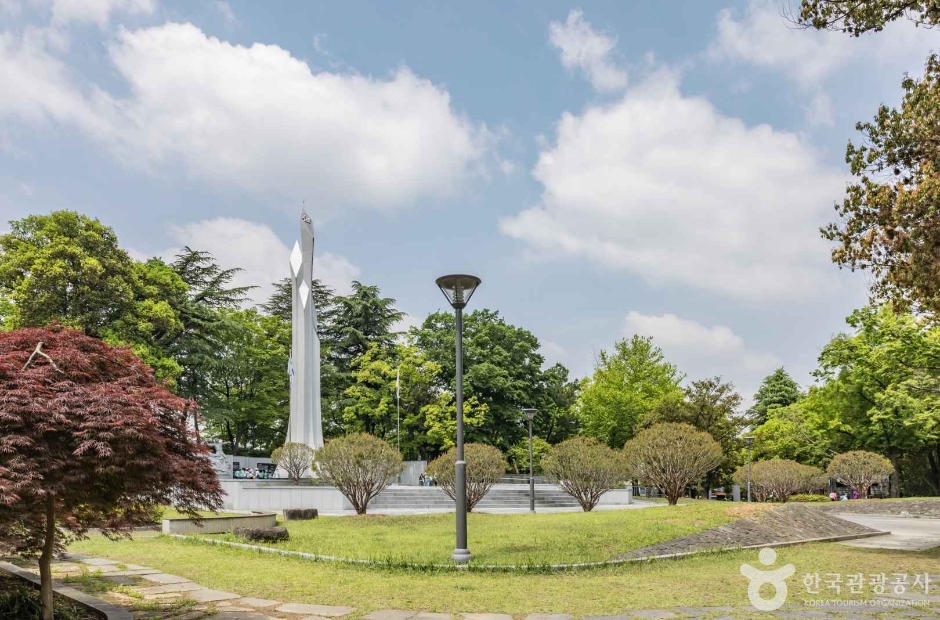
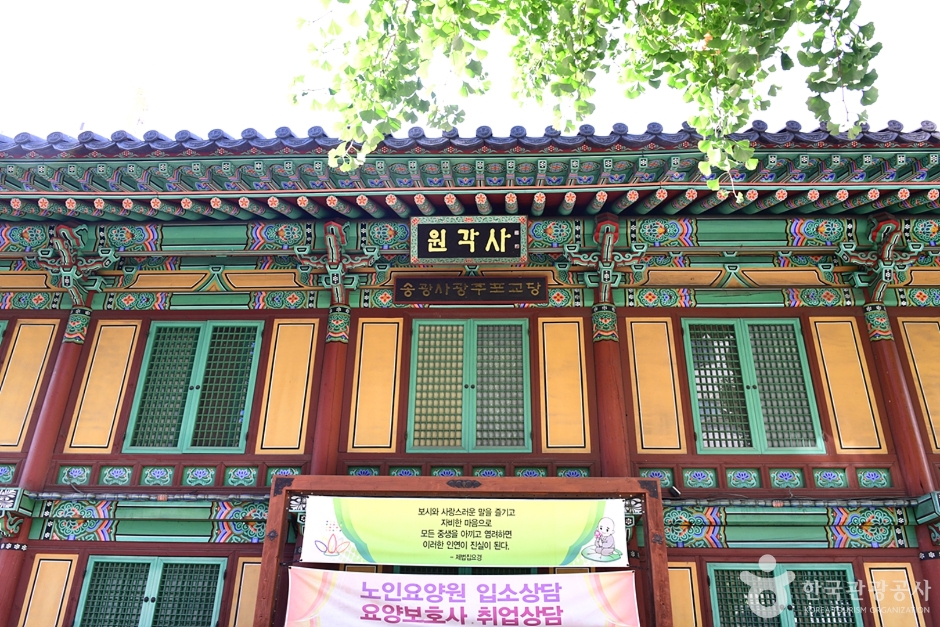
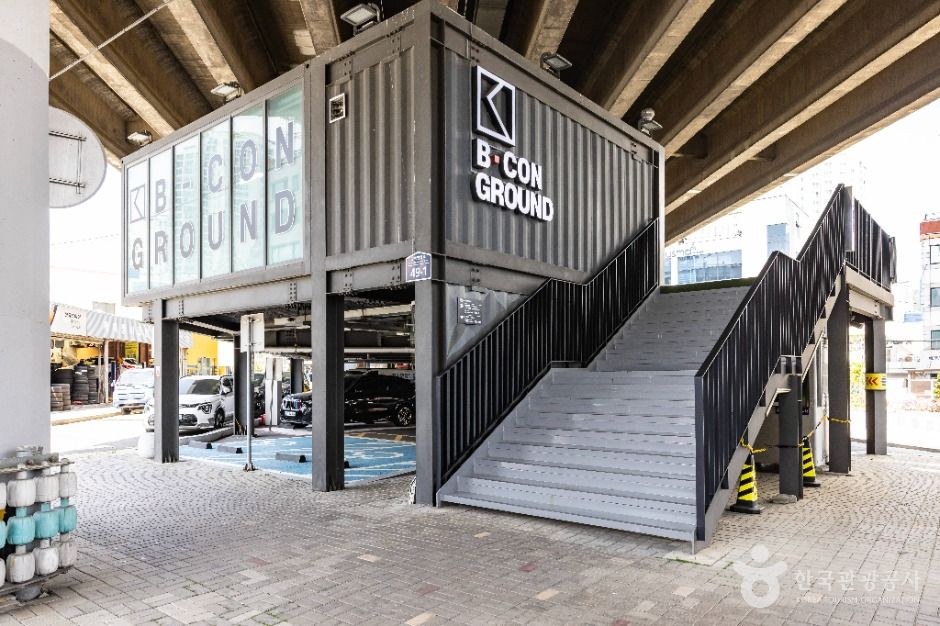

 English
English
 한국어
한국어 日本語
日本語 中文(简体)
中文(简体) Deutsch
Deutsch Français
Français Español
Español Русский
Русский